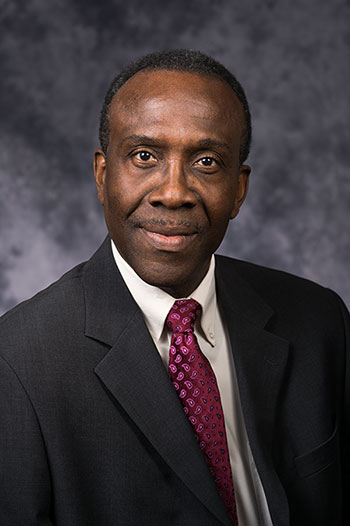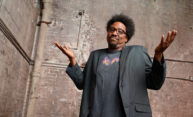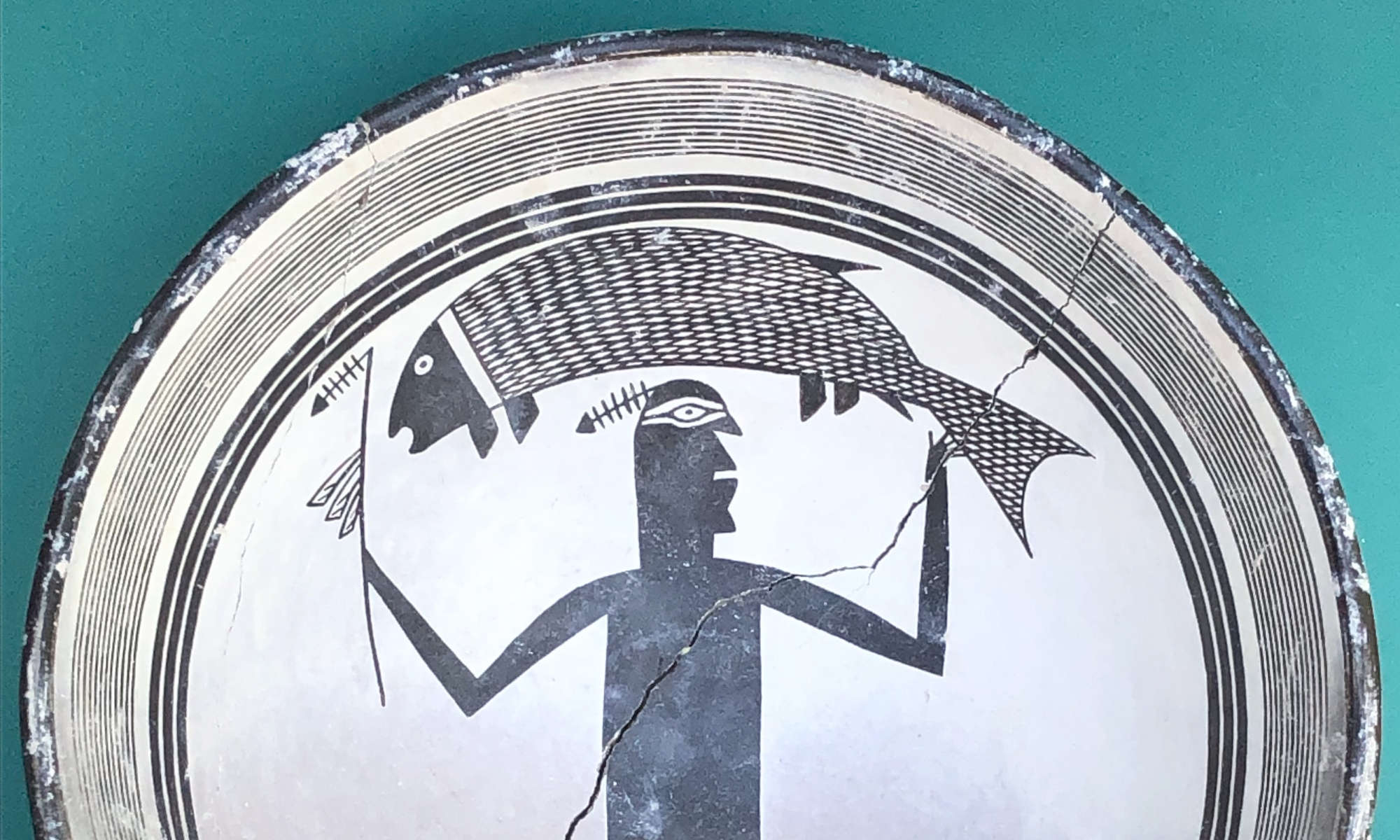The abolitionist leader Frederick Douglass (1818–1895), regularly counted as among the greatest writers, orators, and intellects in American history, did most of his work in the 25 years he lived in Rochester. So it’s fitting the degree to which his legacy is embedded in the life of the University of Rochester nearly 150 years after his death.
The University is home to the Frederick Douglass Institute of African and African-American Studies—a 30-plus-year-old intellectual hub for teaching, research, and public events. The Frederick Douglass Commons, named in 1967 and renovated in 2016, is home to a dining center as well as multiple University organizations promoting intercultural knowledge and diversity. And in 2012, a group of undergraduate students founded the Frederick Douglass Leadership House as “a physical expression of Douglass’s principles.”
It’s a testament to the greatness of the abolitionist icon, who is buried in Mt. Hope Cemetery, adjacent to the River Campus.

Douglass was profoundly influenced by the Rochester region. But the region’s role in shaping the abolitionist leader has not been fully appreciated, according to Larry Hudson, a professor of history at Rochester, who’s in the early stages of writing a book about Douglass. Hudson seeks to move beyond Douglass’s influence on Rochester, and look instead at the city’s influence on Douglass—especially the influence of Rochester’s vibrant 19th-century Black community.
Douglass moved to Rochester after learning about the active local Black community, which included abolitionist Austin Steward, an escaped slave from Virginia, who had spent six years in Canada.
“When Douglass came to Rochester in 1847, he was focused on integration, to the point where he wanted his children to attend the local ‘white’ colleges [schools],” Hudson says. But Douglass found that local Black leaders had different priorities.
“Douglass did not fit in easily with the Black community in Rochester. While he was eager for integration, he came to learn that wasn’t the case with everyone,” Hudson explains.
Douglass may have wanted integration of schools, along with other institutions. But Steward and other Black leaders were content to educate their children themselves. Their priority was elevation, namely economic and political progress, but not necessarily within the context of integration with whites.
In time, he would embrace those priorities. He was rapidly becoming the most visible Black man in Rochester. “Douglass had to locate himself on the right side of the issue of enfranchising black men,” Hudson says. “There was little room in Rochester for a non-voting, Black abolitionist.”
The full extent of the city’s influence on Douglass became apparent in 1852. A day after Independence Day, Douglass delivered what has become his best-known speech—“What to the Slave is the Fourth of July?”—to a packed hall in downtown Rochester.
To slaves and free Black Americans alike, he told the crowd of more than 500, July Fourth accentuated the failures, rather than the successes, of the Declaration’s vision.
“What, to the American slave, is your 4th of July? I answer; a day that reveals to him, more than all other days in the year, the gross injustice and cruelty to which he is the constant victim. To him, your celebration is a sham; your boasted liberty, an unholy license; your national greatness, swelling vanity; your sound of rejoicing are empty and heartless; your denunciation of tyrants brass fronted impudence; your shout of liberty and equality, hollow mockery; your prayers and hymns, your sermons and thanks-givings, with all your religious parade and solemnity, are to him, mere bombast, fraud, deception, impiety, and hypocrisy — a thin veil to cover up crimes which would disgrace a nation of savages. There is not a nation on the earth guilty of practices more shocking and bloody than are the people of the United States, at this very hour.”
“If not for the influence of local Black leaders, that speech would not have been possible,” says Hudson. “In Rochester, Douglass was able to step out from under the weighty influence of William Lloyd Garrison and the American Anti-Slavery Society, and begin to think more like an independent—dare one say, a ‘free’ and free thinking Black man who would both attack slavery and representatives of his race.”
Although his focus had evolved, Douglass never gave up on his efforts desegregate schools in Rochester. His work on behalf of that goal finally succeeded in 1857, when Black children were allowed into traditionally white classrooms.
Douglass remained in Rochester another 15 years, continuing his speaking engagements and abolitionist work, before moving to the nation’s capital. After suffering a fatal heart attack in 1895, at the age of 77, his body was brought back to Rochester.
“It was fitting that Douglass was buried in Rochester,” says Hudson, “since it was here that he became a more effective leader and abolitionist.”

Events celebrating Black History Month
W. Kamau Bell, sociopolitical comedian and host of the Emmy-nominated CNN show United Shades of America, highlights a month of lectures, films, performances, and exhibits.




